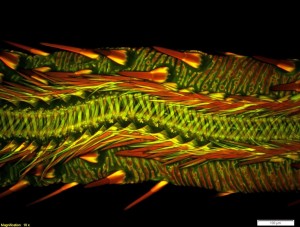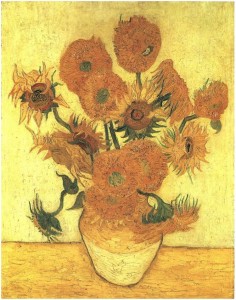One of the more common issues with solar cell efficiency is their inability to move with the sun as it crosses the sky. While large scale solar panels can be fitted with bulky motorized trackers, those with rooftop solar panels do not have that luxury. In an effort to solve this issues, researchers are drawing some inspiration from art in their mission toward higher solar efficiency.
Scientists are applying some of the shapes and designs from the ancient art of kirigami—the Japanese art of paper cutting—to develop a solar cell that can capture up to 36 percent more energy due to the design’s ability to grab more sun.
“The design takes what a large tracking solar panel does and condenses it into something that is essentially flat,” said Aaron Lamoureux, a doctoral student in materials science and engineering and first author on the paper.
In the United States alone, there are currently over 20,000 MW of operational solar capacity. Nearly 640,000 U.S. homes have opted to rely on solar power. However, if the home panels were able to follow the sun’s movement on a daily basis, we could see a dramatic increase in efficiency and usage.




